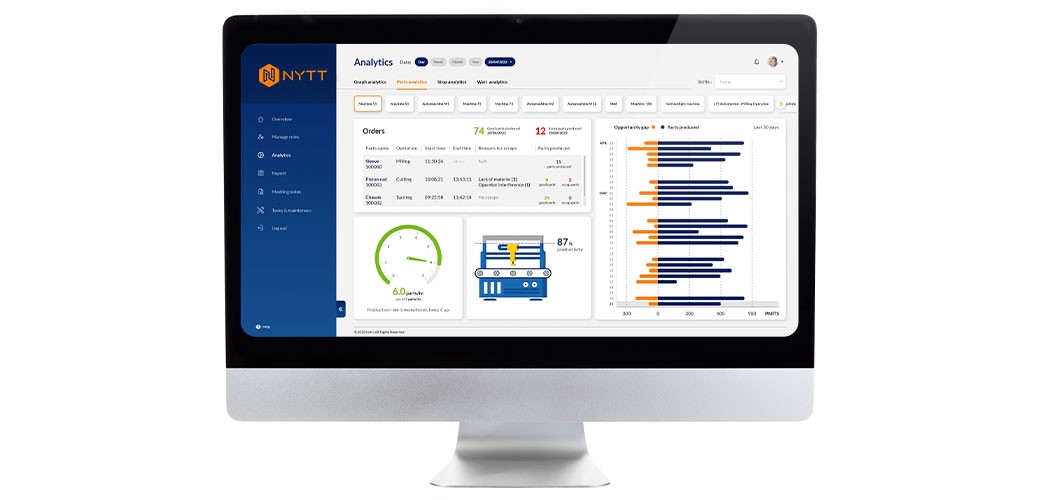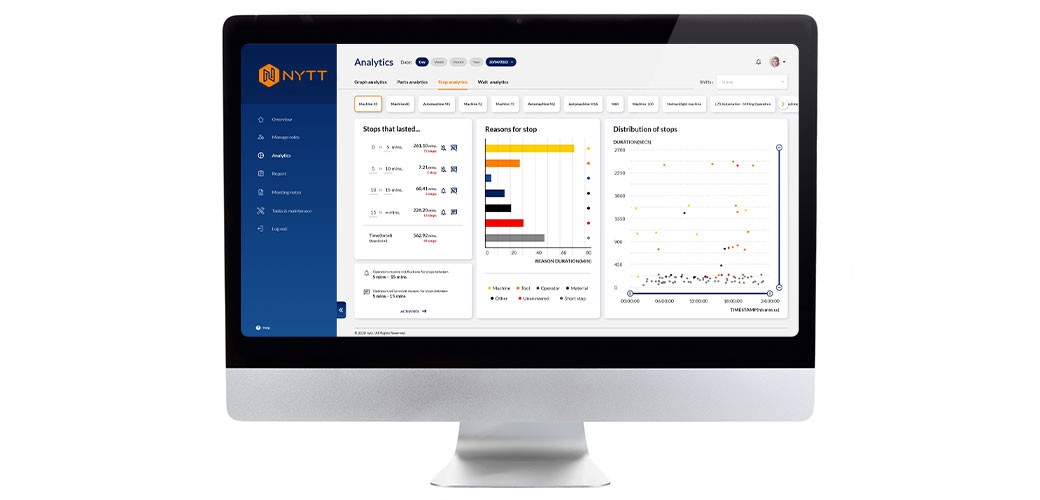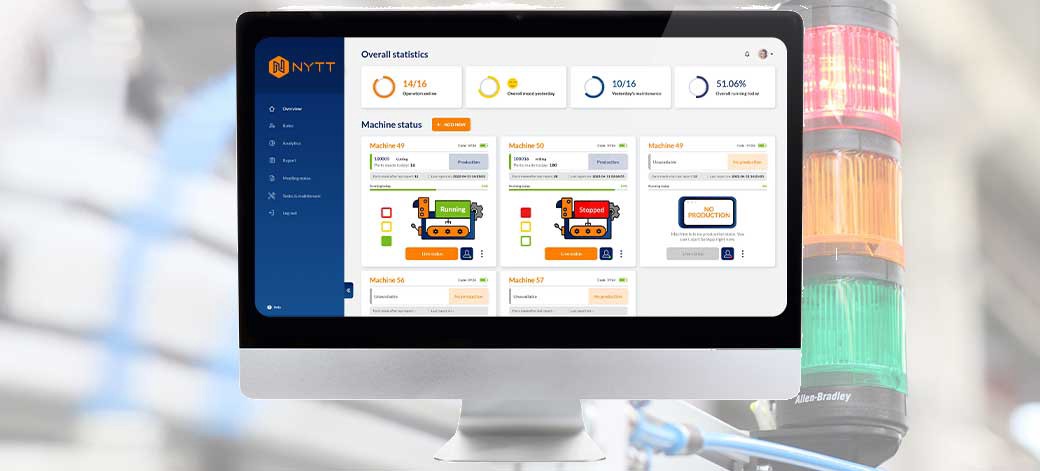Data-driven decisions in daily life, and manufacturing-An analogy
Within manufacturing, only around 35% of companies have a data collection system to know how efficiently their factory is running. They believe that data-driven processes are essential, but they find the systems complicated, causing hindrance to their implementation. Manufacturing enterprises often make decisions based on a hunch rather than on data evidence due to the complexities of the data collection systems.
It does not mean that manufacturers find data analytics hard to understand, but they feel the tools at their disposal are complex, expensive, and hard to implement.
We make data-driven decisions daily, and the decision methods have become so ingrained in us that we do not think twice before making them. In hindsight, if the systems developed by data analytics providers can create the same impact as the simple day to day systems, it will be easier for manufacturers to become data-driven.
Examples of daily data-driven decisions and their manufacturing analogies are listed below:
1. Driving a car to work requires planning, knowing how long the distance is and how fast you go, and this helps to know how long it will take to reach your destination. Imagine driving the same car without a speedometer, it becomes hard to judge how fast you are going if you are driving precariously and if you will make it to your destination on time. The situation is similar when you do not know how your machines within a factory are running. You do not know how quickly you are making your parts, the throughput, and if you will meet your goals on time.

Nytt analytics showing part throughput rate and other data
2. Creating monthly budgets and tracking them is another common way data helps make better spending decisions. Knowing where spending happens helps track, curb, and improve spending habits. Within manufacturing, machine downtime causes one of the losses to companies. Analysing failures and tracking what went wrong will help them make better strategic decisions to become more productive.

Nytt analytics showing stoppage reasons and their distribution
3. Weather forecasts are relied upon heavily to know how to dress for the day in countries like Sweden, where it could rain, snow, and shine on the same day. The weather predictions help people dress appropriately for the weather. Within manufacturing, predictive maintenance is a topic that is gaining traction, where predictions on machine stoppages help make informed decisions, just like the weather. Knowing how likely a machine will fail and due to what conditions, we can fix the issues before they even occur.

A failure prediction an operator receives on their phones
As people, as much as we like good surprises, we hate the bad ones that disrupt our lives. Data-driven decision making helps us prepare for these surprises, so the same concept is used in our daily work life within manufacturing. Being data literate within manufacturing need not be hard as it can be as easy as checking the daily weather forecast or driving a car.
In a world with more data, the data-driven people will win, and manufacturing industries will be no different. Organisations need to understand how they create value and use data and analytics to support this value creation process.

